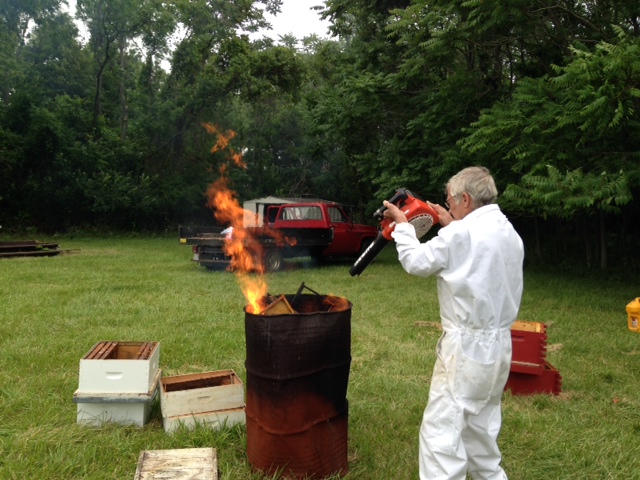A Closer Look: Social Immunity
by Clarence Collison Individual honey bees of all ages and castes have developed mechanisms to limit the impacts of their pathogens. Insect social life…
Read Moreby Clarence Collison Individual honey bees of all ages and castes have developed mechanisms to limit the impacts of their pathogens. Insect social life…
Read More
I investigated several episodes of significant colony losses in Mississippi during the last year, and in almost all cases colony demise stemmed from failure…
Read More
When to treat and when to simple accept the disease? I’m only fooling with you I am afraid that all too often I write…
Read MoreEd Colby Why don’t you just send all your bees to California for the almonds,” Marilyn wondered. “Then you’d have the Winter off.” Maybe…
Read More
Phil Craft Dear Phil, I have been trying to sort out my thinking about – AFB and come down to the essay below. Please…
Read More
By Clarence Collison Reproducing Varroa females lay the first egg in the brood cell approximately 70 hours after host cell capping. The life cycle…
Read MoreKeeping Bees In Vermont Without Treatments Of Any Kind by Ross Conrad A long, non-descript driveway off the main road in New Haven, Vermont…
Read More
Bees on FIRE!! American Foulbrood! The worst nightmare of a beekeeper to say the least. Recently I had the unfortunate opportunity to witness the…
Read More